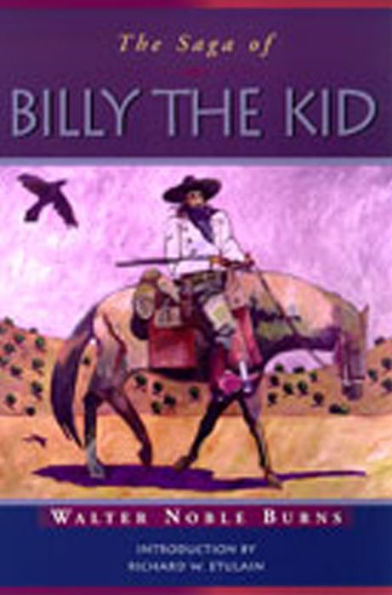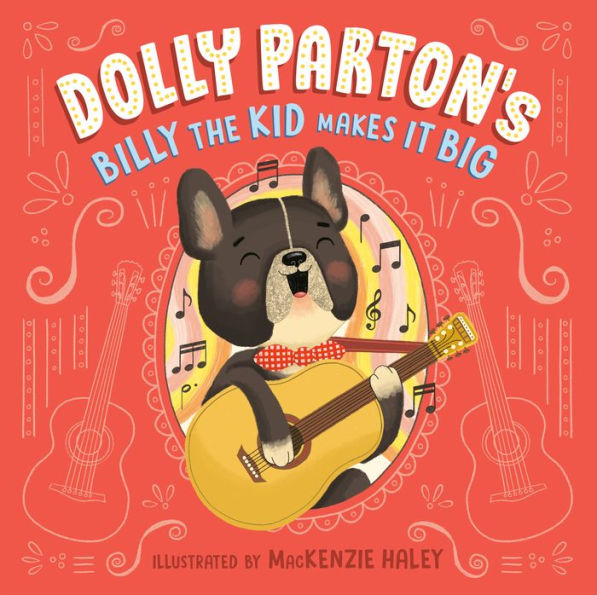Home
Pat Garrett & Billy the Kid [Soundtrack]
Barnes and Noble
Pat Garrett & Billy the Kid [Soundtrack]
Current price: $10.99
![Pat Garrett & Billy the Kid [Soundtrack]](https://prodimage.images-bn.com/pimages/0190759072516_p0_v2_s600x595.jpg)
![Pat Garrett & Billy the Kid [Soundtrack]](https://prodimage.images-bn.com/pimages/0190759072516_p0_v2_s600x595.jpg)
Barnes and Noble
Pat Garrett & Billy the Kid [Soundtrack]
Current price: $10.99
Size: CD
Loading Inventory...
*Product information may vary - to confirm product availability, pricing, shipping and return information please contact Barnes and Noble
This album was unusual on several counts. For starters, it was a
soundtrack
(for
Sam Peckinpah
's movie of the same title), a first venture of its kind for
Bob Dylan
. For another, it was
Dylan
's first new LP in three years -- he hadn't been heard from in any form other than the single
"George Jackson,"
his appearance at the Bangladesh benefit concert in 1971, in all of that time. Finally, it came out at an odd moment of juxtaposition in
pop
culture history, appearing in July 1973 on the same date as the release of
Paul McCartney
's own first prominent venture into
film music
, on the
Live and Let Die
(the
Beatles
bassist had previously scored
The Family Way
, a British project overlooked amid the frenzy of the
' success). Interestingly, each effort reunited the artist with a significant musician/collaborator from his respective past:
McCartney
with producer
George Martin
and
with guitarist
Bruce Langhorne
, who'd played with him on his early albums up to
Bringing It All Back Home
, before being supplanted by
Mike Bloomfield
, et al. But that was where the similarities between the two projects ended -- apart from the title song,
was
Martin
's project rather than
's, whereas
was all over
Pat Garrett & Billy the Kid
as a composer, musician, etc. Additionally, whereas
's work was a piece of pure
-oriented
rock
in connection with a crowd-pleasing action-fantasy film,
's work comprised an entire LP, and the resulting album was a beautifully simple, sometimes rough-at-the-edges and sometimes gently refined piece of
country
- and
folk
-influenced
, devised to underscore a very serious historical film by one of the movies' great directorial stylists. It was also as strong as any of his recent albums, featuring not just
Langhorne
but also such luminaries as
Booker T. Jones
,
Roger McGuinn
, and
Byron Berline
.
"Knockin' on Heaven's Door"
was the obvious hit off the album, and helped drive the sales, but
"Billy 1,"
"Billy 4,"
"Billy 7"
were good songs, too -- had any of them shown up on bootlegs, they'd have kept the
semiologists and hagiographers busy for years working over them. The instrumentals surrounding them were also worth hearing as manifestations of
's music-making;
"Bunkhouse Theme"
was downright gorgeous. It was the first time since
New Morning
, in 1970, that
had released more than five minutes of new music at once, and it was a gift to fans as well as to
Peckinpah
-- little did anyone realize at the time that it heralded a period of new recording and a national tour (with
the Band
), along with a brief label switch, and
's greatest period of sustained musical visibility since 1966. This record also proved that
could shoehorn his music within the requirements of a movie score without compromising its content or quality, something that only
the Beatles
, unique among
artists, had really managed to do up to that time, and that was in their own movie,
A Hard Day's Night
may have been the biggest hit to come out of a
Western
in at least 21 years, since
Dimitri Tiomkin
Ned Washington
had given
"High Noon"
to
Tex Ritter
to sing in
Fred Zinnemann
's
High Noon
in 1952 (and
Katy Jurado
was in both movies), and he'd also outdone
Ritter
on two counts, writing the music -- a full score, to boot -- and getting a cameo appearance in the film. The album was later kind of overlooked and neglected in the wake of the tour that followed and the imposing musical attributes of, say,
Blood on the Tracks
Desire
, but heard on its own terms it holds up 30-plus years later. ~ Bruce Eder
soundtrack
(for
Sam Peckinpah
's movie of the same title), a first venture of its kind for
Bob Dylan
. For another, it was
Dylan
's first new LP in three years -- he hadn't been heard from in any form other than the single
"George Jackson,"
his appearance at the Bangladesh benefit concert in 1971, in all of that time. Finally, it came out at an odd moment of juxtaposition in
pop
culture history, appearing in July 1973 on the same date as the release of
Paul McCartney
's own first prominent venture into
film music
, on the
Live and Let Die
(the
Beatles
bassist had previously scored
The Family Way
, a British project overlooked amid the frenzy of the
' success). Interestingly, each effort reunited the artist with a significant musician/collaborator from his respective past:
McCartney
with producer
George Martin
and
with guitarist
Bruce Langhorne
, who'd played with him on his early albums up to
Bringing It All Back Home
, before being supplanted by
Mike Bloomfield
, et al. But that was where the similarities between the two projects ended -- apart from the title song,
was
Martin
's project rather than
's, whereas
was all over
Pat Garrett & Billy the Kid
as a composer, musician, etc. Additionally, whereas
's work was a piece of pure
-oriented
rock
in connection with a crowd-pleasing action-fantasy film,
's work comprised an entire LP, and the resulting album was a beautifully simple, sometimes rough-at-the-edges and sometimes gently refined piece of
country
- and
folk
-influenced
, devised to underscore a very serious historical film by one of the movies' great directorial stylists. It was also as strong as any of his recent albums, featuring not just
Langhorne
but also such luminaries as
Booker T. Jones
,
Roger McGuinn
, and
Byron Berline
.
"Knockin' on Heaven's Door"
was the obvious hit off the album, and helped drive the sales, but
"Billy 1,"
"Billy 4,"
"Billy 7"
were good songs, too -- had any of them shown up on bootlegs, they'd have kept the
semiologists and hagiographers busy for years working over them. The instrumentals surrounding them were also worth hearing as manifestations of
's music-making;
"Bunkhouse Theme"
was downright gorgeous. It was the first time since
New Morning
, in 1970, that
had released more than five minutes of new music at once, and it was a gift to fans as well as to
Peckinpah
-- little did anyone realize at the time that it heralded a period of new recording and a national tour (with
the Band
), along with a brief label switch, and
's greatest period of sustained musical visibility since 1966. This record also proved that
could shoehorn his music within the requirements of a movie score without compromising its content or quality, something that only
the Beatles
, unique among
artists, had really managed to do up to that time, and that was in their own movie,
A Hard Day's Night
may have been the biggest hit to come out of a
Western
in at least 21 years, since
Dimitri Tiomkin
Ned Washington
had given
"High Noon"
to
Tex Ritter
to sing in
Fred Zinnemann
's
High Noon
in 1952 (and
Katy Jurado
was in both movies), and he'd also outdone
Ritter
on two counts, writing the music -- a full score, to boot -- and getting a cameo appearance in the film. The album was later kind of overlooked and neglected in the wake of the tour that followed and the imposing musical attributes of, say,
Blood on the Tracks
Desire
, but heard on its own terms it holds up 30-plus years later. ~ Bruce Eder

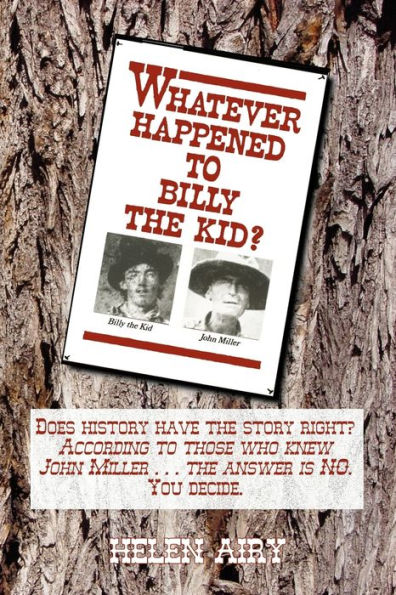
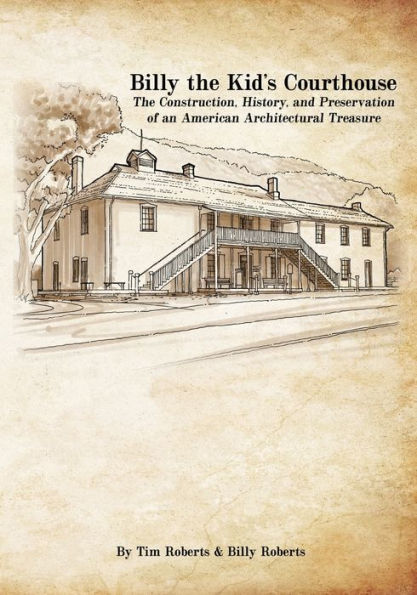

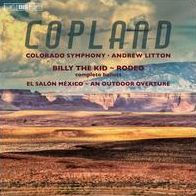

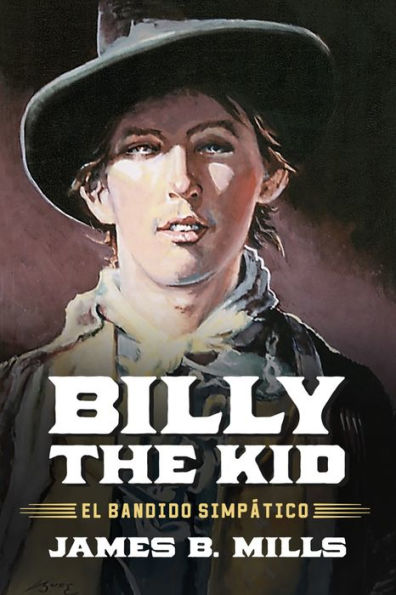
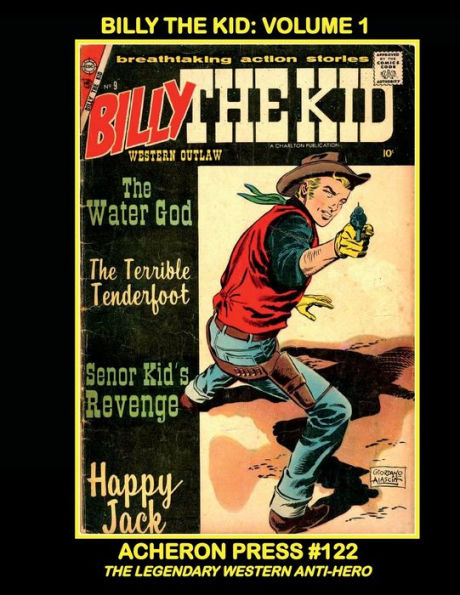
![Billy the Kid vs. Dracula [Blu-ray]](https://prodimage.images-bn.com/pimages/0738329239060_p0_v3_s600x595.jpg)
